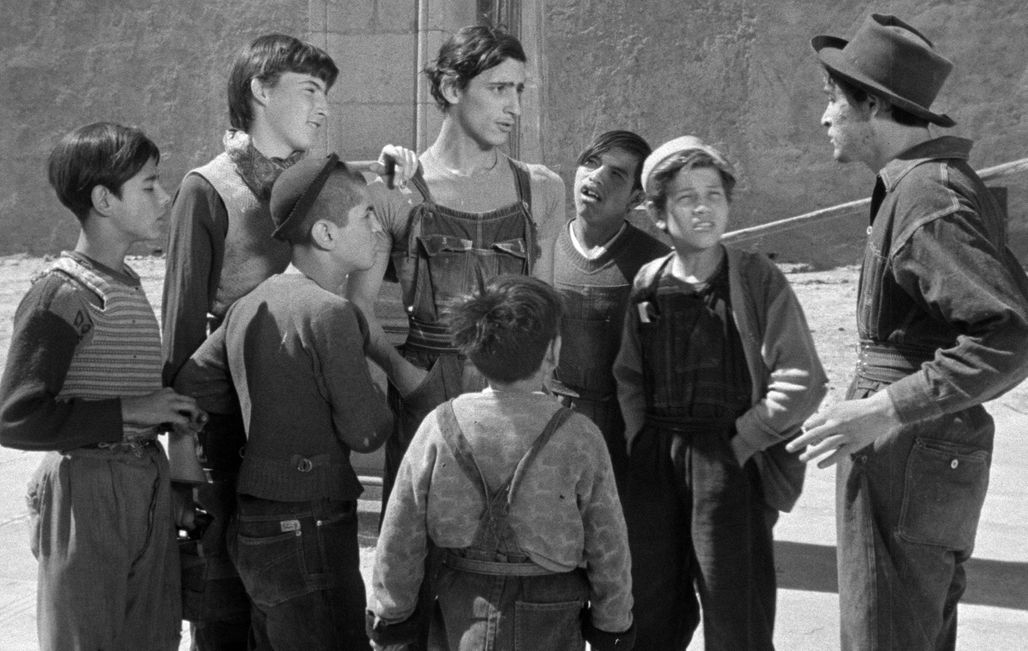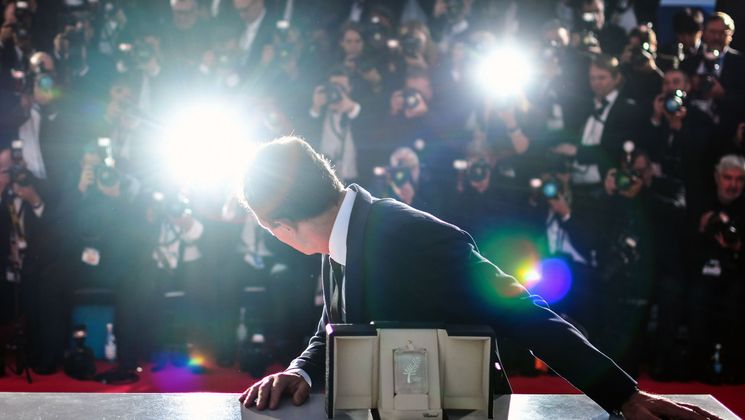
Interview : Luis Buñuel’s Los Olvidados (The Young and the Damned) cultivates the memory of Mexico’s dispossessed

The filmmaker and Luis Buñuel specialist, Javier Espada, takes a look back at Los Olvidados (The Young and the Damned), a powerful and controversial work from the outset, which paints a no-holds-barred picture of poverty in Mexico in the 1950s, An interview about this restored film presented in Cannes Classics as part of the homage to Luis Buñuel.
What did Buñuel set out to convey through this film with its portrayal of extreme poverty in some parts of Mexico?
In Los Olvidados (The Young and the Damned), Buñuel created a unique work that went beyond neo-realism and confronted the viewer with an uncomfortable reality – that of impoverished adolescents in a world that marginalises and condemns them. It could be said that Buñuel unwittingly revolutionised the very concept of cinema, as he did in his first three films, creating a socially committed œuvre that draws its power from the events it relates. Los Olvidados (The Young and the Damned) is without question a masterpiece. It's a film for the general public, but also a film for today's filmmaker, because Buñuel expands his cinematographic vocabulary by imbuing it with an incredible poetry, that is no doubt suffused with his own personal experiences, including his time within the Surrealist movement. But it is also a lesson in humility – that of a director who, with few resources, succeeds in injecting power and depth into a story shot in just 21 days.
Buñuel directed several films in Mexico, but why did he make Los Olvidados (The Young and the Damned) there rather than in Spain?
The Spanish Civil War led to the exile of several intellectuals, including Buñuel. After a fruitless period spent in the United States, Buñuel arrived in Mexico – a country which had opened its arms to welcome Spanish Republicans. Buñuel became a part of a national film industry that was experiencing its golden age. In fact, he shot most of his films in Mexico – some of which he made to earn his keep, but others which are now recognised masterpieces (Nazarín, Él (This Strange Passion), Simón del desierto (Simon of the Desert), El Ángel exterminador (The Exterminating Angel)). Unable to return to Spain until 1960, Buñuel then made Viridiana, provoking another scandal by picking up the Palme d'or.
How do you explain the huge controversy created by the film?
Controversy went hand in hand with Buñuel's films from the moment he brought us the razor cutting into an eye: L'Age d'or (The Golden Age) was banned in France for years; Los Olvidados (The Young and the Damned) was blasted in Mexico; Viridiana was condemned by the Vatican and banned in fascist Spain. Many people were unable to accept that ugliness, cruelty and whatever else offended them should be shown on screen. The picture it paints of Mexico is not indulgent – quite the contrary. And yet this is a film made with great tenderness by a man who read about the body of an adolescent found in a landfill site. He did his research in order to create a unique film which is based on reality, which tells a story containing references that range from Spanish picaresque novels to the more personal work of Goya. Because of the pressure he faced when making the film, Buñuel returned to make a second ending – a happy one this time – which is something of an anti-masterclass in filmmaking, because by betraying the previous narrative, in under two minutes, the film loses all its value. Fortunately, the reviews weren't all critical – he was also supported by renowned intellectuals such as the writer Octavio Paz. He backed the screening at Cannes with a text of great depth, which he himself read out to the audience at the entrance to the room. The triumph in Cannes of Los Olvidados (The Young and the Damned) played an important role in enabling Buñuel to return to Europe, and to let the public know he hadn't gone away. Far from it.


